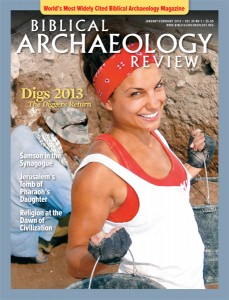Archaeological Views: Jerusalem in Her Own Words

One of the richest and most variegated epigraphic troves from antiquity is finally being given the scholarly attention it deserves. During the nearly 200 years of modern exploration in the Holy Land, thousands of inscriptions in different ancient languages have been found on stone, mosaic, ceramic, metal and painted cave walls, amounting to a riot of writing, ranging from a single word or name to complex texts of many lines. Many of these inscriptions have already been carefully published, but many others have been published poorly or not at all.
Several years ago, a team of scholars from Israel and Germany, compelled by the need to preserve this invaluable historical resource, founded the Corpus Inscriptionum Iudaeae/Palaestinae (CIIP), a multi-lingual, scientific edition of all epigraphic texts found in the modern State of Israel, from the Galilee to the Negev, dating to the period bounded by the conquests of Alexander (fourth century B.C.E.) and Muhammad (seventh century C.E.). The first three volumes of the CIIP, containing 2,160 inscriptions from Jerusalem and the northern coast of Israel, have now been published, and more volumes are on the way. It is estimated that when the project is completed, in the year 2017, the CIIP will contain some 12,000 inscriptions in more than ten languages, including Greek, Latin, Hebrew, several dialects of Aramaic, Armenian, Georgian, proto-Arabic and Arabic itself.
Already a library member? Log in here.
Institution user? Log in with your IP address.

